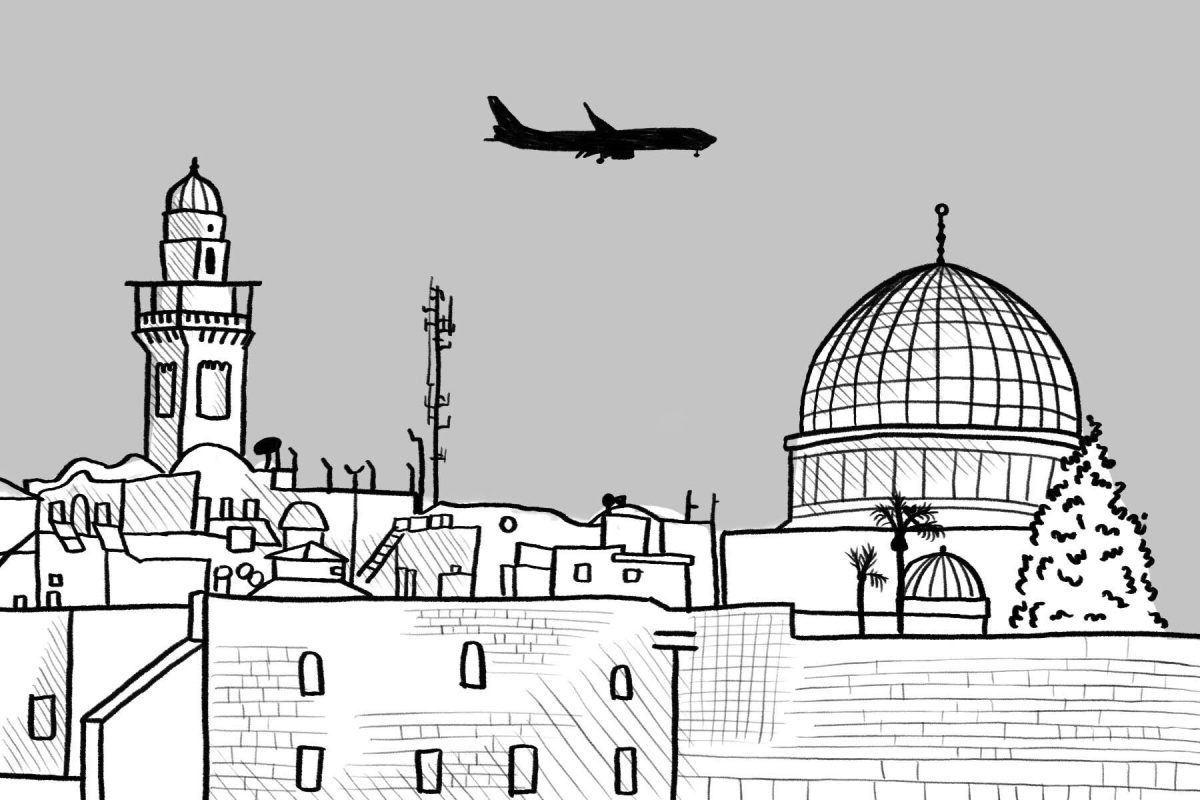The Metropolitan Transit Development Board of San Diego discussed possible locations for a trolley station on the UCSD campus at their board meeting on Thursday.
There are currently 11 possible sites for a trolley station in five different areas of the campus, all of which are still under evaluation and were discussed at the meeting.
The first option, alignment A, would place a station near the Veteran’s Affairs Medical Center.
Alignment B would stop on the East side of campus in front of Thornton Hospital.
The third “”family”” of options includes C-1, which would stop at both the VA Medical Center and Thornton Hospital, and option C-2, which would include the same stations as C-1 in addition to the construction of a tunnel and aerial alignment.
The D family of choices includes four different ways to reach the Price Center, with various alternatives, including the construction of a tunnel or aerial alignment.
Plans E-1, E-2 and E-3 would traverse through Pepper Canyon, via the VA Medical Center.
Lastly, alignment F would stop at Gilman Drive near the UCSD Medical Center, made possible by the construction of a tunnel under the West campus returning to the street level at the Thornton Hospital station. This alternative would be achieved through the use of a tunnel option including a stop on La Jolla Village Lane.
The meeting was open to the public, and several members of the UCSD community spoke on behalf of the student body.
UCSD alumnus Ben Smith, who was on the campus planning committee last year, suggested a careful reconsideration of the D-4 or F plans, which would not only be close to the Price Center, but to Giesel Library, Mandeville Auditorium and several lecture halls. He added that a station near East parking would not offer a better option to students than driving because it would require a shuttle service to reach the center of campus.
Smith conducted a survey over four days in May 1999 on behalf of the A.S. Council. The survey of 2 percent of the student body resulted in the approval of two possible station sites on the west side of campus by 80 percent of students.
The D-4 alignment was approved by the administration and the A.S. Council.
Smith also said that a station at Pepper Canyon, while within a one-third mile walking radius of the University Center, would still not be close enough to serve the needs of the growing campus community. Construction in Pepper Canyon, an ecological reserve, may also receive opposition from environmental groups and the biology department, which uses the canyon for scientific research.
Additionally, Pepper Canyon faces Interstate-5, which passengers would not be walking to. Smith stressed the importance of “”putting things where the people need to go.””
Although the Price Center station would be more expensive to construct, he said, it would serve a larger constituency than its East campus alternatives.
A.S. President Doc Khaleghi addressed the board on behalf of UCSD’s 20,000 students. He stated that although the student body is diverse in its opinions, the students have a unified view of this “”valuable mode of transportation.”” He strongly urged the board to further explore options that lead to the center of campus, while working within the aesthetic and financial constraints of the operation.
The Board recommended further evaluation of the B-1, B-3, and E-1 options. These would include stops on the East campus, or at Pepper Canyon.
However, student representatives who spoke to the board stressed that a station on the East side of campus would only fail because it would not be close enough to the heart of the campus.
Although the board did not make a recommendation on Thursday, the decision was delayed until the reconvention of the Board, including its newly elected members, in December.
In retrospect, Smith said that without the representation of the students at this meeting, the board might have approved an alternative that is not in the best interest of the largest number of students and faculty.
He also mentioned that with this extra window of time, students have the opportunity to gather support and rally for a decision that would be the best compromise between the Metropolitan Transit Development Board and the needs of the students.
A date has not yet been set for construction of the Mid-Coast Corridor Alignment, but the project is expected to be completed between 2010 and 2015.







